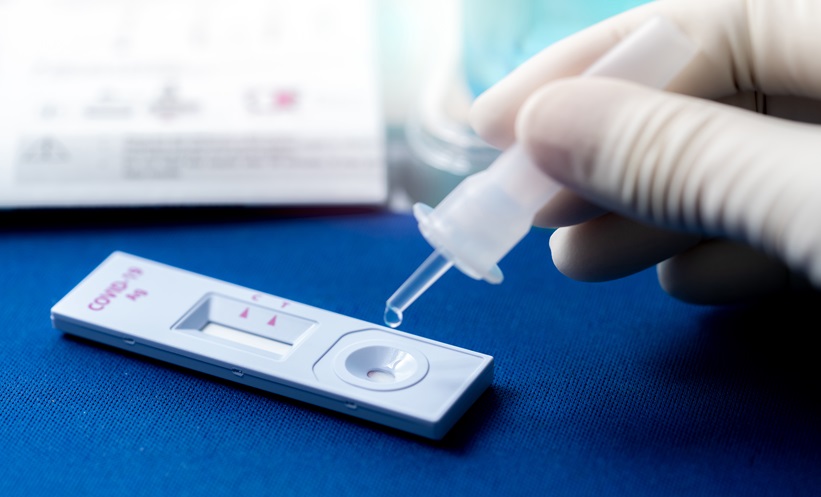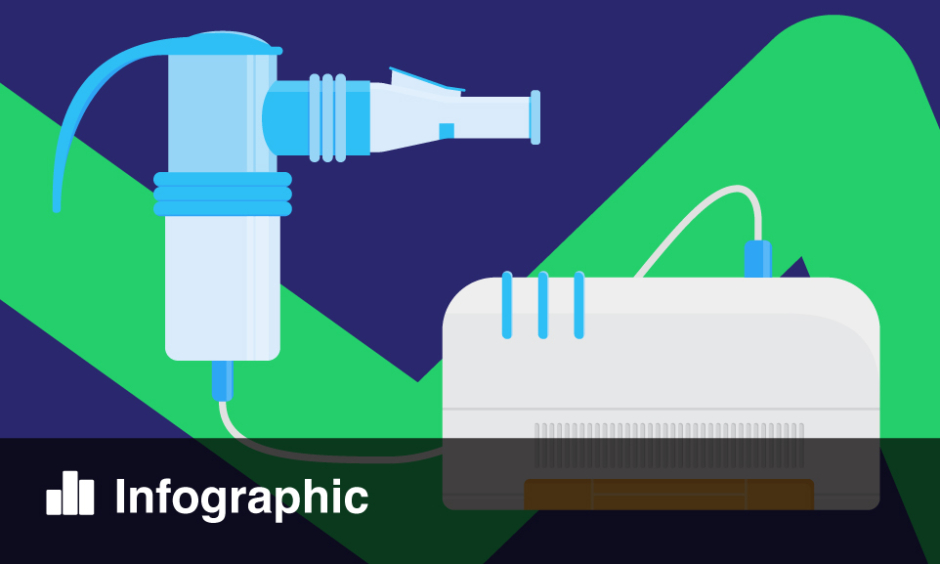A NEW study found that 92% of patients hospitalised for COVID-19 still have lung lesions two years after discharge. The research highlights the long-term pulmonary impact of COVID-19 and the need for ongoing monitoring and specialised care for these patients.
The researchers analysed 237 adults previously hospitalised for COVID-19, focusing on their pulmonary health through chest CT scans at 6 to 12 months and again at 18 to 24 months after discharge. The key factors associated with fibrotic-like lesions included higher median BMI in patients with fibrotic-like lesions (33.5 kg/m2) compared to those with non-fibrotic-like lesions (30.5 kg/m2). The median hospital stay was also longer for those with fibrotic-like lesions (28 days versus 11 days). Additionally, a higher proportion of patients with fibrotic-like lesions required ICU care (91%) and mechanical ventilation (81%).
The study also found that certain lung abnormalities, such as architectural distortion and traction bronchiectasis, became more common over time. In contrast, altered oximetry became less frequent.
The researchers emphasised the importance of continued long-term monitoring for chronic post-COVID-19 patients due to the varied progression of lung health. The study underscores the need for targeted interventions and specialised treatment to manage and mitigate long-term pulmonary complications in COVID-19 survivors.
Aleksandra Zurowska, EMJ
Reference:
Carvalho CRR et al. Post-COVID-19 respiratory sequelae two years after hospitalization: an ambidirectional study. Lancet Reg Health Am. 2024;33:100733.








